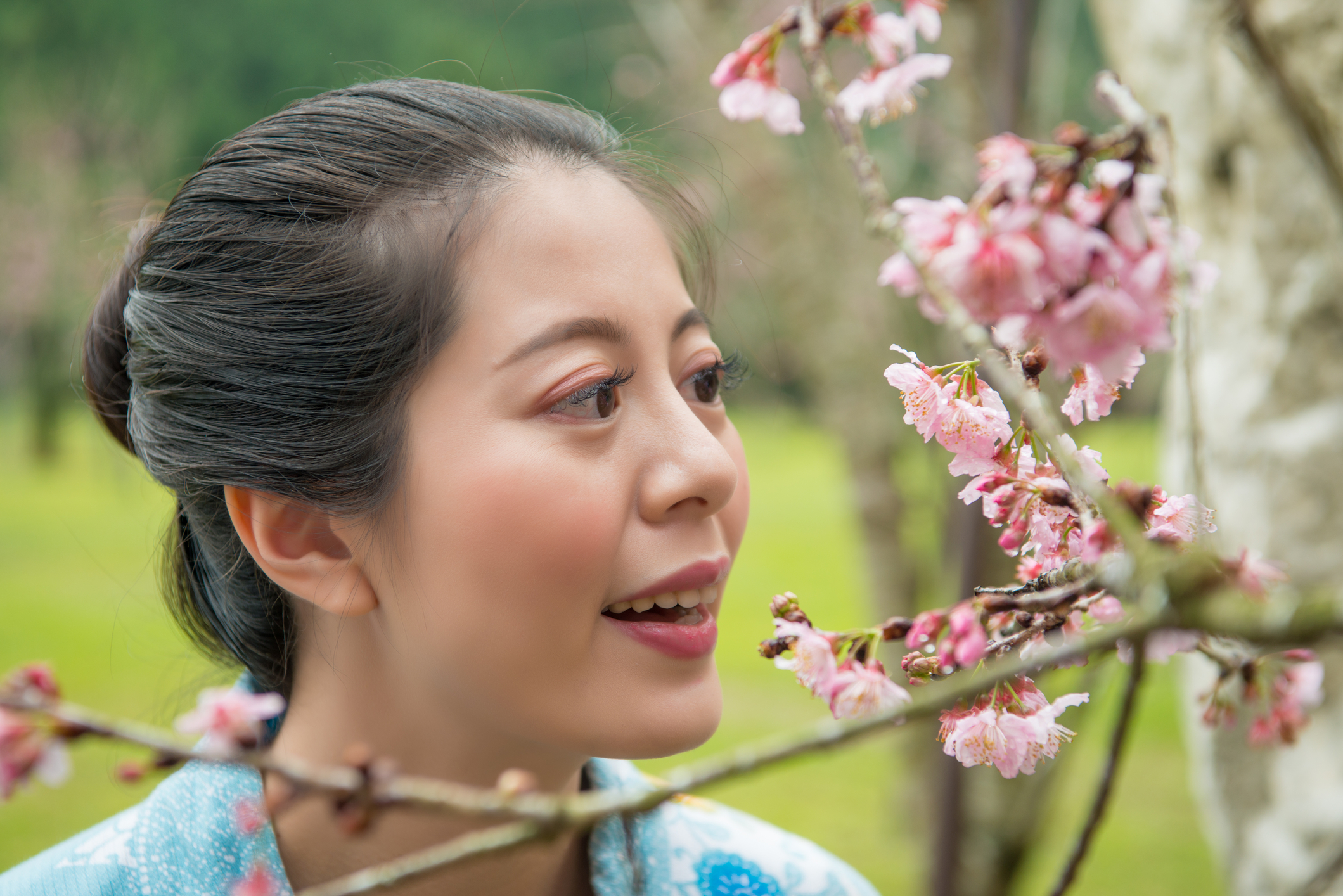Delving Into Stillness: Your Sneak Peek into the Top Five Secrets of Mastering Mindfulness
In the quest for inner peace and concentration, one powerful tool stands out among others—mindfulness. In modern parlance, mindfulness is the process of bringing one's attention to the ongoing experiences in a nonjudgmental and accepting way. It's about staying in the moment and eschewing the distractions of past regrets or future worries. Now, let's delve into the secrets of mastering mindfulness.
A key factor in understanding mindfulness is the practice of meditation. Meditation can be thought of as a practice where mindfulness is intentionally cultivated. Through dedicated periods of meditation, one trains the mind to achieve a state of mindfulness, providing an anchor that one can return to throughout the day.
The purpose of meditation isn't to stop thought or suppress emotions. Rather, it is to observe them without judgment. By adopting the perspective of a nonjudgmental observer, we are able to see our thoughts and emotions as transient and separate from our true selves.
How to Pay Attention

The first secret to mastering mindfulness is learning how to pay attention—the ability to focus on the present moment, and equally importantly, the ability to persuade the mind to return when it starts to wander.
Mundane tasks—such as washing dishes, walking, or eating—can be transformed into mindfulness practices. One can concentrate on sensations like the water's temperature on hands, the sensation of the foot hitting the ground, or the taste and texture of food. The regular practice of attention harnesses the mind's wandering tendencies and gradually enhances our ability to stay connected to the present.
Nonjudgmental Observation

The second secret in mastering mindfulness is to adopt a stance of nonjudgmental observation. It involves viewing experiences without categorizing or judging them as good or bad.
The goal is to accept experiences for what they are. Pain, for example, can be acknowledged as a sensation rather than suffering that needs to be avoided. Similarly, feelings of joy should not bring anxiety of its potential loss but rather can be seen as transient. This understanding, when applied to various aspects of life, can substantially reduce stress and increase contentment.
Cognitive Dissociation

The third secret to mastering mindfulness involves cultivating intentional cognitive dissociation—the practice of considering thoughts and emotions as events in the mind, rather than defining elements of the self.
By recognizing our thoughts and emotions as mere 'events,' we can resist getting carried away. It also helps defeat negative thought patterns and foster an understanding of the ephemeral nature of mental states.
The Importance of Regular Practice

The fourth secret is persistence and regular practice. Much like physical exercise that shapes the body over time, mindfulness is considered a cumulative process but for the mind. Patience and consistent meditation practice can strengthen neural pathways associated with focus, empathy, and emotional stability.
Remember that consistency in practicing mindfulness is likely to allow you to not only focus on your present but also focus on how to be present as your best self at any given point of time.
Mindfulness in Everyday Life

The final secret is to extend mindfulness beyond meditation sessions and bring it into daily life. It might not be about "doing" mindfulness, but "being" in a state of mindfulness, defined by staying present, accepting and nonjudgmental, and observing thoughts and emotions.
Mastering mindfulness is, thus, not merely about achieving a self-proclaimed state of perfection but about cultivating an ever-present, compassionate and curious awareness of life as it unfolds. Such a cultivated state is likely to bear positive impact on your mental and physical health, fostering greater peace and productivity.